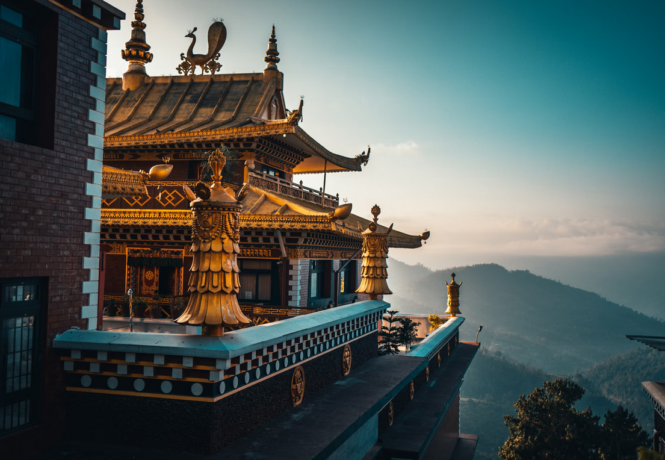
In today’s interconnected world, cultural crossroads have become increasingly prevalent, serving as focal points where diverse identities converge, interact, and evolve. This phenomenon is emblematic of globalization’s impact, which has not only facilitated the exchange of goods and ideas but also fostered a rich tapestry of cultural diversity. As societies navigate this complex landscape, understanding the dynamics of cultural crossroads is crucial in appreciating how identities are shaped, challenged, and celebrated in a globalized context.
At the heart of cultural crossroads lies the intersection of different cultural identities. These intersections are not merely geographical but encompass a spectrum of beliefs, traditions, languages, and customs that coexist and interact within a shared space. Whether it’s bustling urban centers like New York City or cosmopolitan hubs like Tokyo, these places epitomize the fusion of cultures, where diverse communities intermingle daily, influencing each other’s practices and perceptions.
One of the defining features of cultural crossroads is the celebration of diversity. These spaces often serve as melting pots where individuals from varied backgrounds come together, sharing their unique perspectives and traditions. For instance, cultural festivals in cities around the world showcase a kaleidoscope of music, dance, cuisine, and art, providing platforms for communities to express and preserve their heritage while inviting others to partake in the festivities. Such events not only promote cultural exchange but also foster mutual understanding and appreciation among participants.
Moreover, cultural crossroads are fertile ground for innovation and creativity. When people from different cultural backgrounds collaborate, they bring diverse knowledge and experiences to the table, sparking new ideas and solutions. This synergy can be seen in various fields, from cuisine and fashion to technology and business, where cross-cultural pollination leads to the development of hybrid products and services that cater to global tastes and preferences.
However, amidst the celebration and creativity, cultural crossroads also present challenges related to identity and belonging. As individuals navigate between multiple cultural influences, they may experience tensions between preserving their heritage and assimilating into mainstream society. This dynamic is particularly evident among immigrant communities who strive to maintain their cultural roots while adapting to new societal norms. The balance between cultural authenticity and integration can be a delicate one, requiring individuals to negotiate their identities within the context of evolving global dynamics.
Furthermore, cultural crossroads are not immune to conflicts arising from cultural differences and misunderstandings. In some instances, divergent beliefs or values may lead to friction and discord, highlighting the complexities of coexistence in a multicultural environment. Addressing such challenges necessitates fostering dialogue, promoting empathy, and cultivating intercultural competence among individuals and communities. By encouraging mutual respect and understanding, societies can mitigate conflicts and forge stronger bonds across cultural divides.
The significance of cultural crossroads extends beyond social interactions to encompass broader implications for policy-making and governance. In an increasingly interconnected world, governments and institutions grapple with issues related to multiculturalism, immigration, and cultural preservation. Policies that promote inclusivity, protect cultural heritage, and support integration are essential for nurturing harmonious coexistence and leveraging the strengths of cultural diversity.
In conclusion, cultural crossroads epitomize the interconnectedness and diversity that define our globalized world. These dynamic spaces are hubs of cultural exchange, creativity, and dialogue, where identities intersect and evolve amid a backdrop of shared humanity. While they present challenges related to identity, belonging, and conflict, cultural crossroads also offer opportunities for innovation, collaboration, and mutual enrichment. Embracing the complexities of cultural diversity and fostering inclusive societies are key to navigating these crossroads successfully, ensuring that they remain vibrant centers of global dialogue and cooperation in the years to come.


